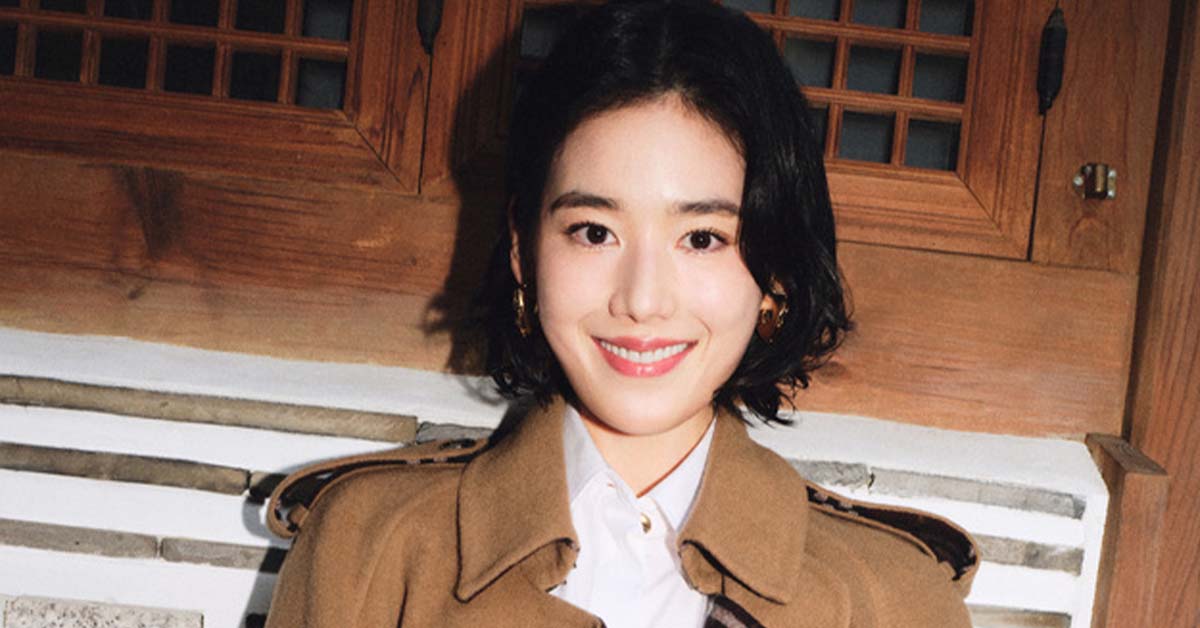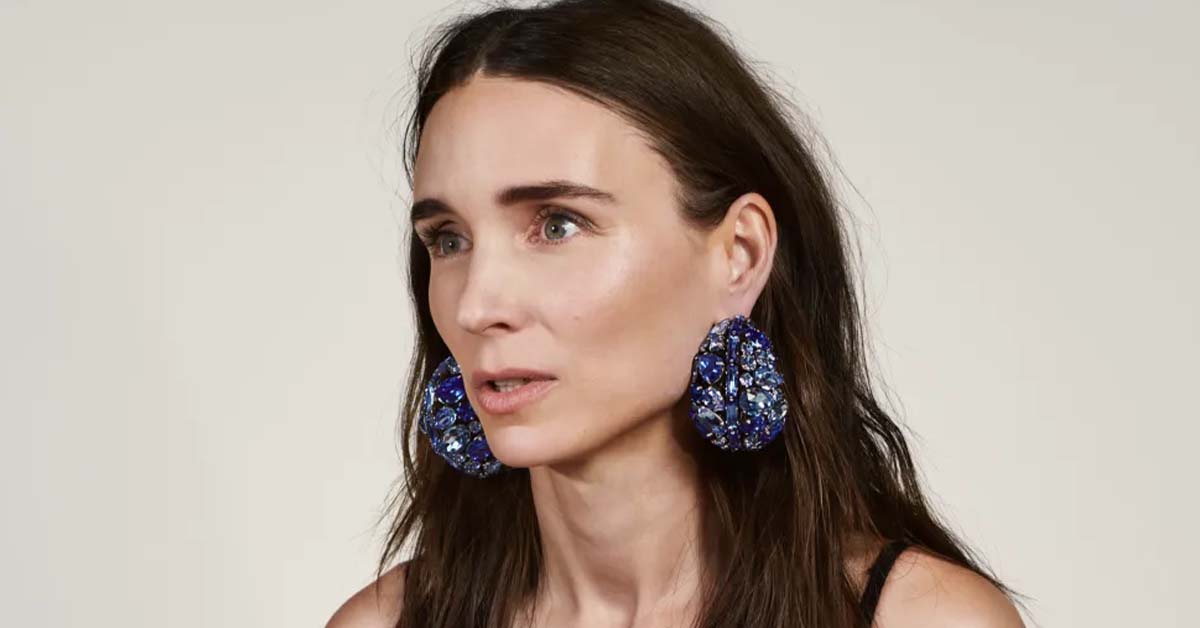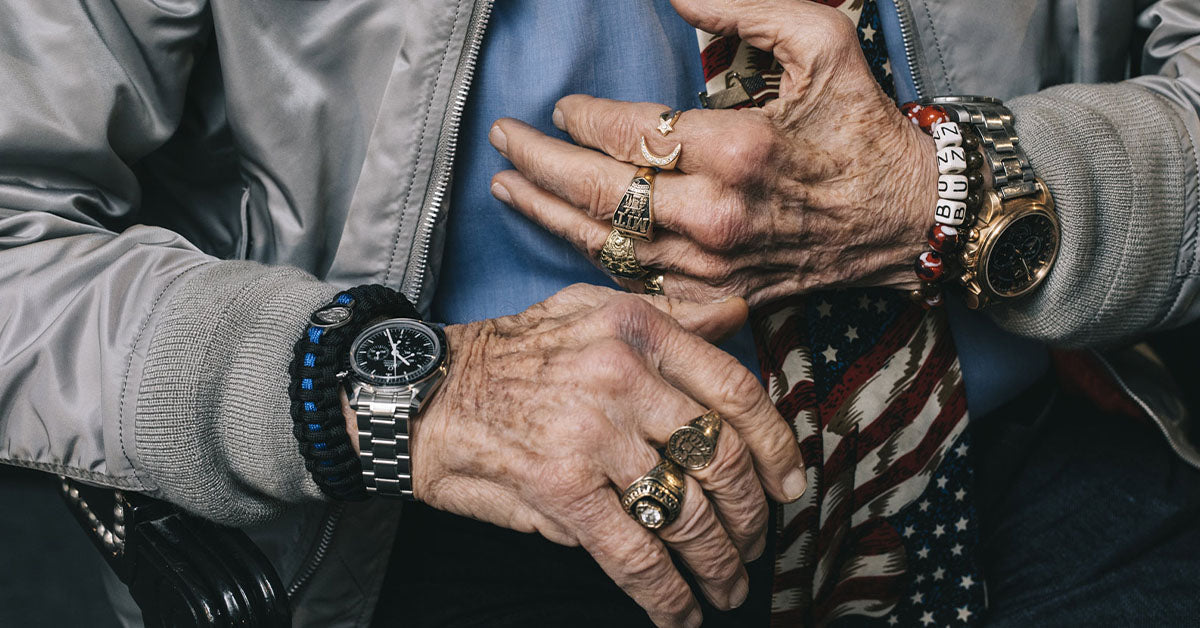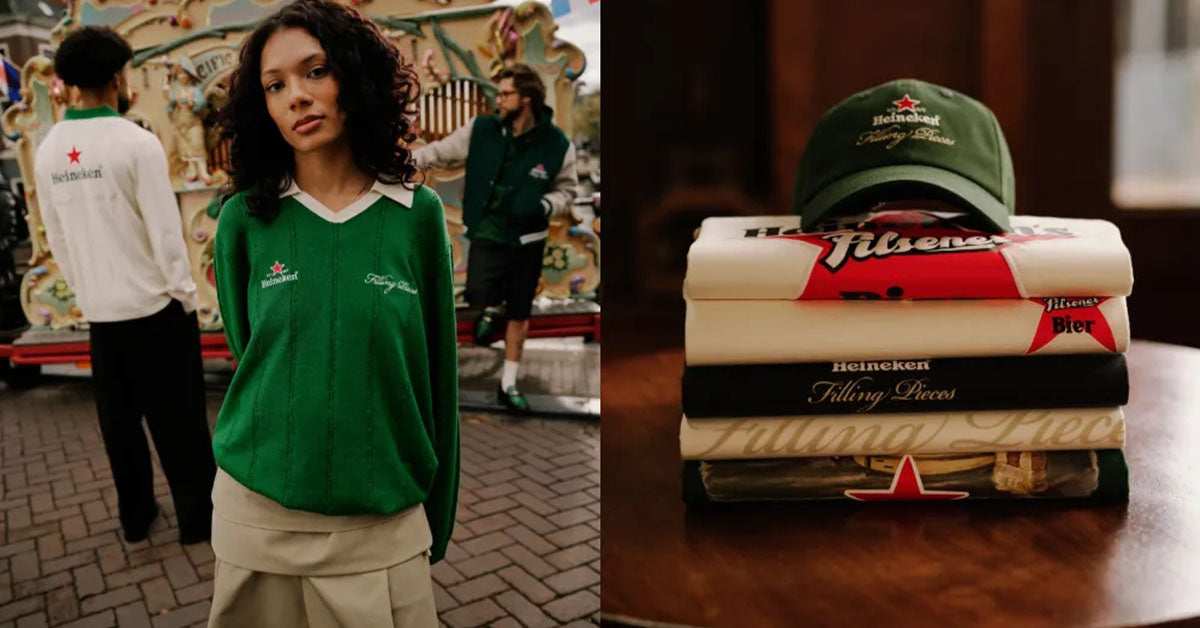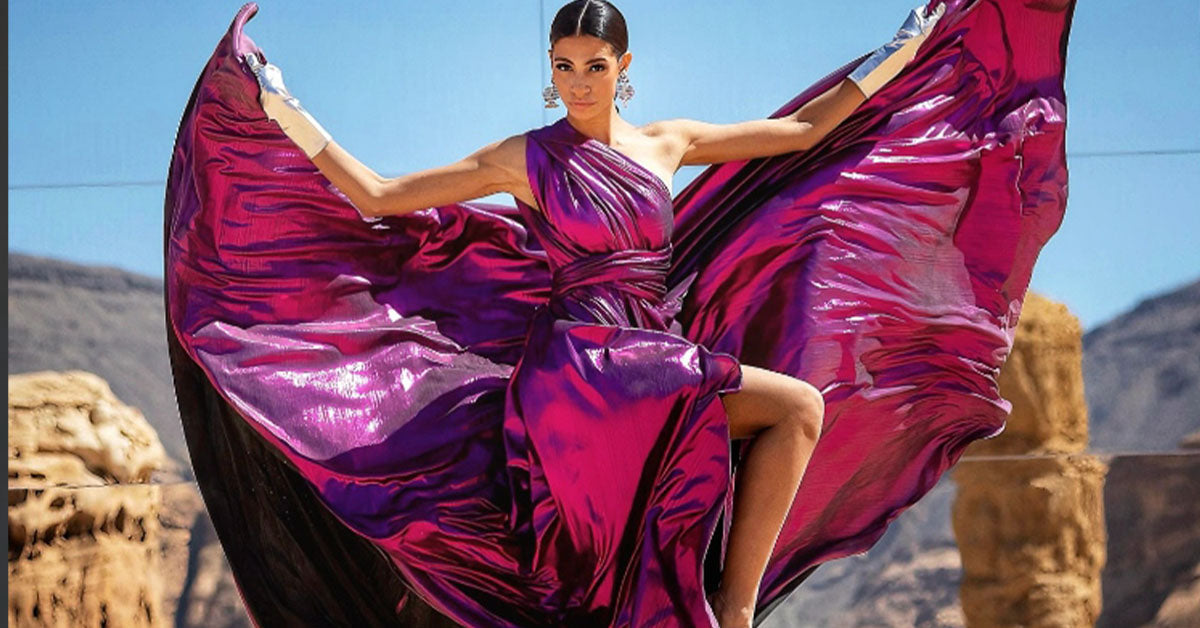Explore with AI & Follow Us
In the ever-evolving world of fashion, traditional garments often make their way into contemporary wardrobes, offering a blend of heritage, comfort, and unique style. Jinbei is one such garment that has captured the attention of fashion enthusiasts worldwide. But what exactly is a Jinbei, and why has it become a staple in both Japanese culture and global fashion discussions? In this editorial deep-dive, we unravel the origins, features, cultural significance, and modern-day relevance of this iconic attire.
Understanding Jinbei: The Basics
Jinbei (甚平, pronounced "jin-bay") is a traditional Japanese garment primarily worn as a form of summer loungewear. Typically crafted for comfort and breathability, Jinbei is most commonly donned by men and children, though contemporary versions are available for women as well. The design consists of two main pieces:
- A short-sleeved, kimono-style jacket
- Matching shorts or, occasionally, long pants
The Jinbei is celebrated for its simple construction, loose fit, and lightweight materials—qualities that make it ideal for Japan’s hot and humid summers. Its effortless elegance, combined with a deep-rooted cultural heritage, has led to a resurgence of interest in both traditional and modern interpretations.
The Historical Roots of Jinbei
To truly appreciate the Jinbei, it’s important to understand its origins. The garment can be traced back to the late Edo period (1603–1868) in Japan, where it began as a practical, everyday outfit for men, artisans, and children. Unlike the more formal kimono or yukata, Jinbei were designed for relaxation at home or informal outings. The practical construction and easy fit made them a popular choice among various social classes.
Over time, the Jinbei evolved, but it has always retained its reputation as the garment of choice for comfort and leisure. Today, it is still worn during summer festivals, fireworks displays, and even as stylish loungewear or pajamas, both in Japan and beyond.
Key Features and Characteristics
What sets the Jinbei apart from other traditional Japanese wear? Several characteristics distinguish this relaxed garment:
- Lightweight Fabrics: Jinbei are typically made from breathable cotton, linen, or hemp, ensuring maximum airflow and comfort during hot weather.
- Short Sleeves and Shorts: Most Jinbei feature short sleeves and matching shorts, though variations with long pants exist for cooler evenings.
- Kimon-style Jacket: The upper garment resembles a kimono jacket, with overlapping panels that tie with fabric cords at the side.
- Side Slits and Underarm Openings: These details increase ventilation and freedom of movement, enhancing the Jinbei’s comfort factor.
- Minimalist Aesthetic: Jinbei patterns range from traditional motifs—such as waves, bamboo, or geometric shapes—to modern prints, but the overall appearance remains understated and elegant.
These features combine to create a garment that is as practical as it is aesthetically pleasing—a testament to the Japanese philosophy of form following function.
Cultural Significance of Jinbei in Japan
While Jinbei are often seen as casual attire, they hold a special place in Japanese culture. Wearing Jinbei is a nostalgic tradition for many, evoking memories of childhood summers, local festivals (matsuri), and the comfort of home. It is not uncommon to see entire families dressed in coordinated Jinbei sets during community events or fireworks nights.
For children, donning a brightly colored Jinbei is almost a rite of passage during summer festivities. For adults, it offers a way to connect with cultural roots and enjoy moments of relaxation in an increasingly fast-paced world.
Jinbei in Contemporary Fashion
In recent years, Jinbei has transcended its traditional roots to influence contemporary fashion both inside and outside Japan. Designers have reimagined Jinbei with modern fabrics, bold prints, and tailored silhouettes, making it a popular choice for:
- Summer loungewear and sleepwear
- Casual streetwear with a cultural twist
- Festival and event attire
- Eco-friendly and slow-fashion wardrobes
The garment’s loose fit and breathable materials appeal to those seeking comfort without sacrificing style. Moreover, the rise of global interest in Japanese aesthetics—think “wabi-sabi” and minimalism—has further boosted the Jinbei’s profile in international fashion circles.
How to Wear Jinbei: Styling Tips
Whether you’re embracing a traditional look or experimenting with fusion fashion, styling a Jinbei is delightfully simple. Consider these tips for incorporating Jinbei into your wardrobe:
- Keep it Classic: Pair your Jinbei with traditional Japanese sandals (geta or zori) for an authentic summer festival feel.
- Modern Mix: Layer your Jinbei jacket over a plain tee and jeans for a streetwear-inspired ensemble.
- Accessorize: Complement your Jinbei with a woven straw hat, a fan (uchiwa), or a simple tote for a laid-back, vacation-ready vibe.
- Sustainable Statement: Opt for Jinbei made from organic or recycled fabrics to align with eco-conscious fashion values.
The versatility of the Jinbei makes it a seamless addition to both traditional and modern wardrobes, allowing you to express personal style while honoring cultural heritage.
Jinbei vs. Yukata: What’s the Difference?
A common point of confusion is the distinction between Jinbei and Yukata, another popular Japanese summer garment. While both are worn during warm weather and festivals, they differ in several key ways:
- Yukata is a full-length cotton robe, typically wrapped around the body and secured with an obi (sash).
- Jinbei consists of a two-piece set: a short-sleeved jacket and shorts or pants, tied at the sides with cords.
- Formality: Yukata are considered slightly more formal and are often worn to public baths, festivals, or ryokan inns, while Jinbei are viewed as informal loungewear.
- Fit and Comfort: Jinbei provide greater breathability and freedom of movement, making them ideal for relaxing at home or for children’s activities.
Understanding these differences helps in choosing the right garment for the occasion, as well as appreciating the unique qualities of each.
Why Jinbei Matters in Today’s Fashion World
In an era where comfort, sustainability, and cultural appreciation are increasingly valued, Jinbei stands out as a garment that ticks all the boxes. It represents a harmonious blend of tradition and modernity, functionality and beauty. Whether you’re seeking to stay cool during summer, add a touch of Japanese flair to your style, or simply embrace a more relaxed way of dressing, Jinbei offers a timeless solution.
FAQs About Jinbei
-
1. Can women wear Jinbei?
Absolutely! While originally designed for men and children, modern Jinbei are available in a wide range of styles and sizes for women, featuring feminine cuts, patterns, and colors. -
2. What is the best season to wear Jinbei?
Jinbei are most commonly worn during the summer months due to their lightweight, breathable fabrics, but some opt for long-pants versions in spring or early autumn. -
3. How do I wash and care for a Jinbei?
Most Jinbei can be machine-washed on a gentle cycle with mild detergent. Air-dry to prevent shrinkage, and always check the garment’s care label for specific instructions. -
4. Are Jinbei suitable for public wear?
Yes, especially during summer festivals, fireworks events, or casual outings. Outside of Japan, Jinbei can be styled as unique streetwear or loungewear. -
5. What is the difference between Jinbei and pajamas?
While Jinbei are often used as pajamas due to their comfort, they are distinct in their cultural heritage, construction, and versatility, making them suitable for both sleep and social occasions.
In summary, Jinbei is more than just a traditional Japanese garment—it’s a symbol of relaxation, style, and cultural heritage that continues to inspire and adapt in today’s fashion landscape.
Explore with AI & Follow Us

